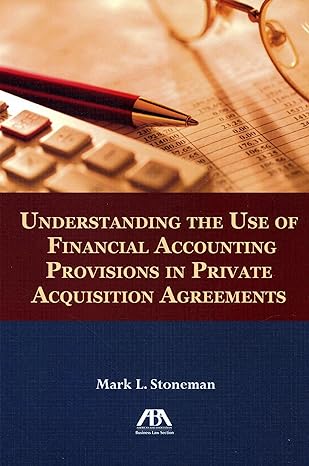Question
Instructions: Edit this document to answer the questions below in the spaces provided. Show all of your work for all calculations. Provide explanations supporting your
Instructions: Edit this document to answer the questions below in the spaces provided. Show all of your work for all calculations. Provide explanations supporting your answers as necessary.
Section 1: Questions 1-5
Dataset: Performance Index on College Questions
Variable Description Scale
Performance Index Score (0-100) on a university assessment Continuous
Female Female=1; Male=0 Binary/Categorical
Hours Studied The number of hours a student studied prior to test Continuous
Extracurriculars Does extracurriculars = 1; Does not = 0 Binary/Categorical
Hours of Sleep The number of hours a student slept prior to test Continuous
Practice Problems # of practice problems completed prior to test Continuous
Regression Model 1
Regression Analysis: Predicting Performance Index
| Variable | Coefficient | Standard Error | p-value |
| Intercept (b0) | 36.29 | 0.85 | <.001 |
| Hours Studied (b1) | 2.77 | 0.07 | <.001 |
| Extracurriculars (b2) | 0.91 | 0.36 | .010 |
| Hours of Sleep (b3) | 0.54 | 0.11 | <.001 |
| Practice Problems (b4) | 0.24 | 0.06 | <.001 |
Question 1: What does the intercept coefficient (36.29) represent? Discussing the predictors in the model, describe the characteristics of the student who is predicted to earn a 36.29 on their test.
Answer here.
Question 2: According to the model, who should perform better on the test: a student who participates in extracurricular activities or a student who does not? How do you know?
Answer here.
Question 3: A student hasnt done any preparation for the questions, and now the test is tomorrow morning. According to the model, are they better off staying up all night to study or are they better off getting a good nights sleep without studying? Explain.
Answer here.
Question 4: What is the expected performance index (test score) for a student who:
- studied for 10 hours
- does not participate in extracurricular activities
- sleeps for seven (7) hours the night before the test
- completes two (2) practice problems prior to the question
Answer here.
Question 5: According to the model, who is expected to perform better on the questions: a male who studied for five (5) hours or a female who studied for five (5) hours (all other predictors held equal)? How do you know? Explain.
Answer here.
Step by Step Solution
There are 3 Steps involved in it
Step: 1

Get Instant Access to Expert-Tailored Solutions
See step-by-step solutions with expert insights and AI powered tools for academic success
Step: 2

Step: 3

Ace Your Homework with AI
Get the answers you need in no time with our AI-driven, step-by-step assistance
Get Started


